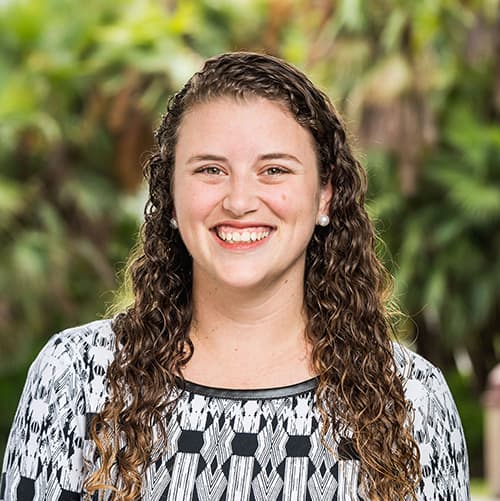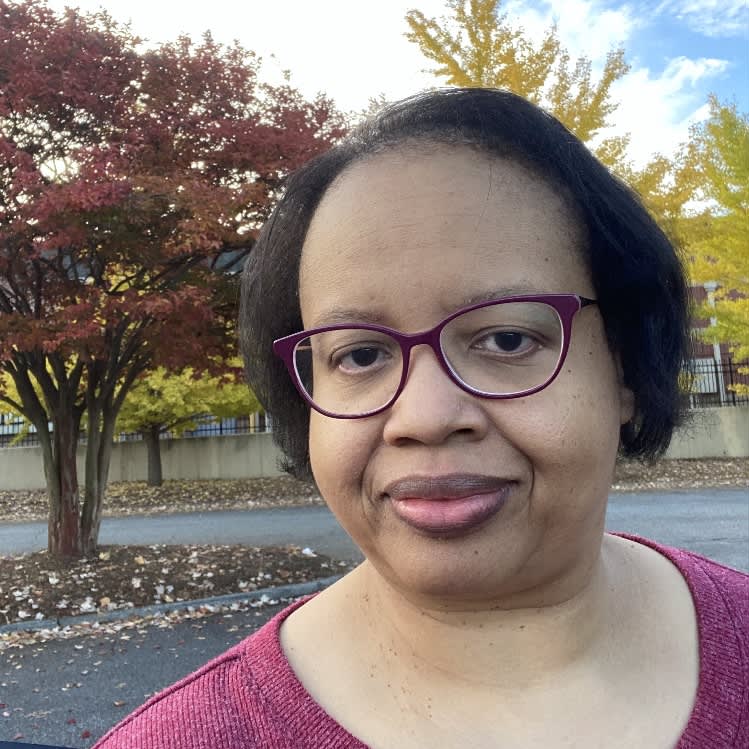Conscious Language Guide

At BestColleges, we define conscious language as language that is intentional, inclusive, and carefully chosen to reflect the experiences of diverse populations.
The higher education landscape in the U.S. was once a monolithic space, filled almost exclusively with affluent, white men. But over the last several decades, it has become increasingly diverse.
Today’s learners hold various social identities, some of which have been historically excluded from higher education. Today, over 55% of college students in the U.S. are women, while students of color make up roughly 48% of the postsecondary student population.1 Additionally, about 1 in 4 undergraduate students are parents,2 and a rising percentage of students identify as LGBTQ+.3
To keep up with these changing demographics and ensure that all learners feel supported and empowered to succeed, BestColleges uses inclusive language.
To help readers understand how we use language to highlight the diverse experiences of college students, BestColleges has published our Conscious Language Guide — a resource we check when preparing content for today’s college students and other readers. The guide covers many topics, including citizenship, disability, ethnicity, race, nationality, family structure, nontraditional students, gender and sexuality, socioeconomic status, and physical, mental, and sexual health.
We hope this guide will inform our readers about inclusive ways to engage with others through language.
Our Principles of Conscious Language
Be willing to learn
Learning is a lifelong process, especially if you want to educate yourself about new identities and cultural experiences. Addressing and talking to people from different cultures and backgrounds requires a willingness to learn about and empathize with someone else’s life experiences.

Be respectful
Holding meaningful conversations with people across different identities, cultures, and backgrounds includes honoring the way a person would like to be referred to and talked about (e.g., some situations call for person-first language, while others may call for identity-first language).

Be specific
Because identity is complicated, learning language specific to certain communities and identities is necessary. Try to avoid making blanket assumptions or statements about a person or group of people (e.g., don’t say “students of color” if you’re talking specifically about Black students).

Language Changes
It is also crucial to acknowledge the dynamic nature of language. The way we talk about topics can change dramatically over time as we learn more and better understand the experiences of people with various identities and from different cultural groups. Best practices are constantly evolving, and we will update this guide as necessary.
We hope the different sections of this guide give you insight into why we make the language choices we do. Furthermore, it is our hope that the topics and language covered in this guide will raise your awareness about social issues, push you to get involved in active organizations on your campus, and inspire you to fight for diversity, equity, inclusion, and social justice. You might also learn something new that can help you use language more inclusively at school and in your daily life.
Topics
Our Contributors
Contributors from our editorial team wrote and edited the content of this guide. It has also been reviewed for bias and accuracy by a handful of subject matter experts and professionals working in relevant fields — these reviewers are paid members of our freelance review network. You can view our general editorial guidelines to learn more about our values at BestColleges.
Edited by Rebecca Long, Andrew Rice, Ph.D., Jordan Stewart-Rozema, Ph.D., and Cobretti Williams, Ph.D.
Reviewed by Angelique Geehan, Susana Muñoz, Ph.D., and Michelle N. Wolf.
Sources
- Fabina, J., Hernandez, E. L., & McElrath, K. (2023, June 8). School enrollment in the United States: 2021. United States Census Bureau.
- Gault, B., Cruse, L. R., Reynolds, E., & Froehner, M. (2014, November 17). 4.8 Million college students are raising children. Institute for Women’s Policy Research.
- Postsecondary National Policy Institute. (2023, October 23). LGBTQ+ students in higher education.





